Urgent - ss counter diy install
eleena
11 years ago
Related Stories
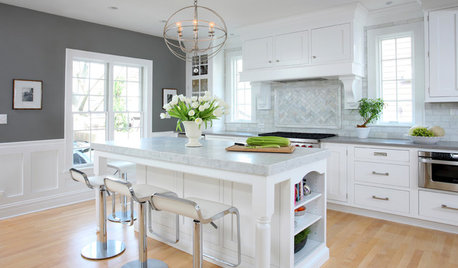
KITCHEN DESIGNHow to Add a Kitchen Backsplash
Great project: Install glass, tile or another decorative material for a gorgeous and protective backsplash
Full Story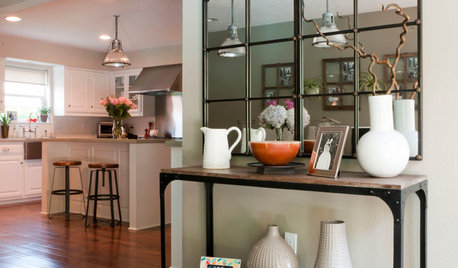
HOUZZ TOURSMy Houzz: Elegant DIY Updates for a 1970s Dallas Home
Patiently mastering remodeling skills project by project, a couple transforms their interiors from outdated to truly special
Full Story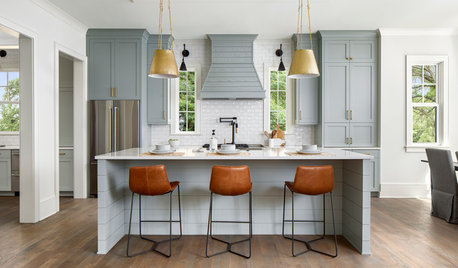
MOST POPULARHow Much Room Do You Need for a Kitchen Island?
Installing an island can enhance your kitchen in many ways, and with good planning, even smaller kitchens can benefit
Full Story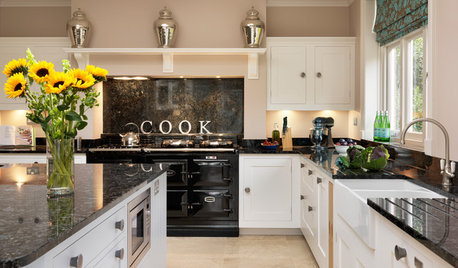
KITCHEN DESIGNA Stylist’s Secrets for Giving Your Kitchen the Wow Factor
There’s more to getting a fabulous kitchen than designing and installing it. It's the little details that elevate its look
Full Story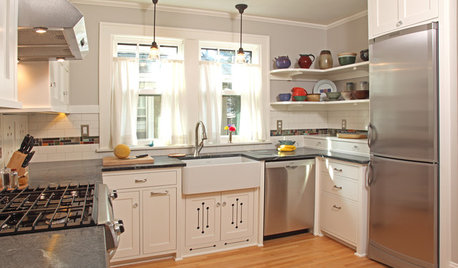
KITCHEN DESIGNThe 100-Square-Foot Kitchen: Farm Style With More Storage and Counters
See how a smart layout, smaller refrigerator and recessed storage maximize this tight space
Full Story
KITCHEN COUNTERTOPS7 Low-Maintenance Countertops for Your Dream Kitchen
Fingerprints, stains, resealing requirements ... who needs ’em? These countertop materials look great with little effort
Full Story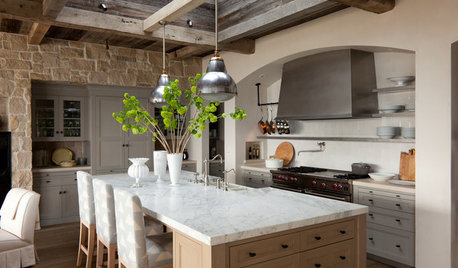
KITCHEN DESIGNHouzz Quiz: What Kitchen Countertop Is Right For You?
The options for kitchen countertops can seem endless. Take our quiz to help you narrow down your selection
Full Story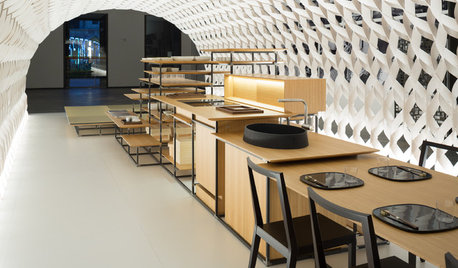
HOMES AROUND THE WORLDThe Kitchen of Tomorrow Is Already Here
A new Houzz survey reveals global kitchen trends with staying power
Full Story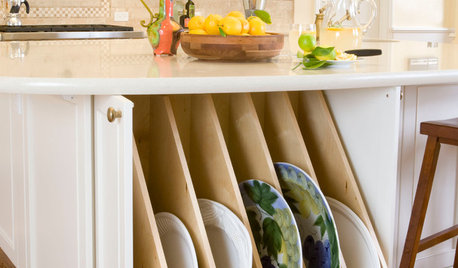
KITCHEN STORAGE13 Popular Kitchen Storage Ideas and What They Cost
Corner drawers, appliance garages, platter storage and in-counter knife slots are a few details you may not want to leave out
Full Story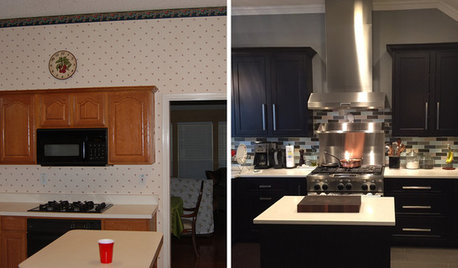
BEFORE AND AFTERSReader Kitchen: A Dallas Refresh for $40,000
With minor changes to their kitchen’s layout, a couple add more storage and counter space and create a breakfast nook
Full StoryMore Discussions








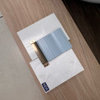
gwlolo
williamsem
Related Professionals
Arlington Kitchen & Bathroom Designers · South Sioux City Kitchen & Bathroom Designers · North Druid Hills Kitchen & Bathroom Remodelers · Alpine Kitchen & Bathroom Remodelers · Elk Grove Kitchen & Bathroom Remodelers · Overland Park Kitchen & Bathroom Remodelers · Port Orange Kitchen & Bathroom Remodelers · Red Bank Kitchen & Bathroom Remodelers · San Juan Capistrano Kitchen & Bathroom Remodelers · Ridgefield Park Kitchen & Bathroom Remodelers · Aspen Hill Cabinets & Cabinetry · Red Bank Cabinets & Cabinetry · Short Hills Cabinets & Cabinetry · Mill Valley Tile and Stone Contractors · Niceville Tile and Stone ContractorseleenaOriginal Author
live_wire_oak
eleenaOriginal Author
crampon